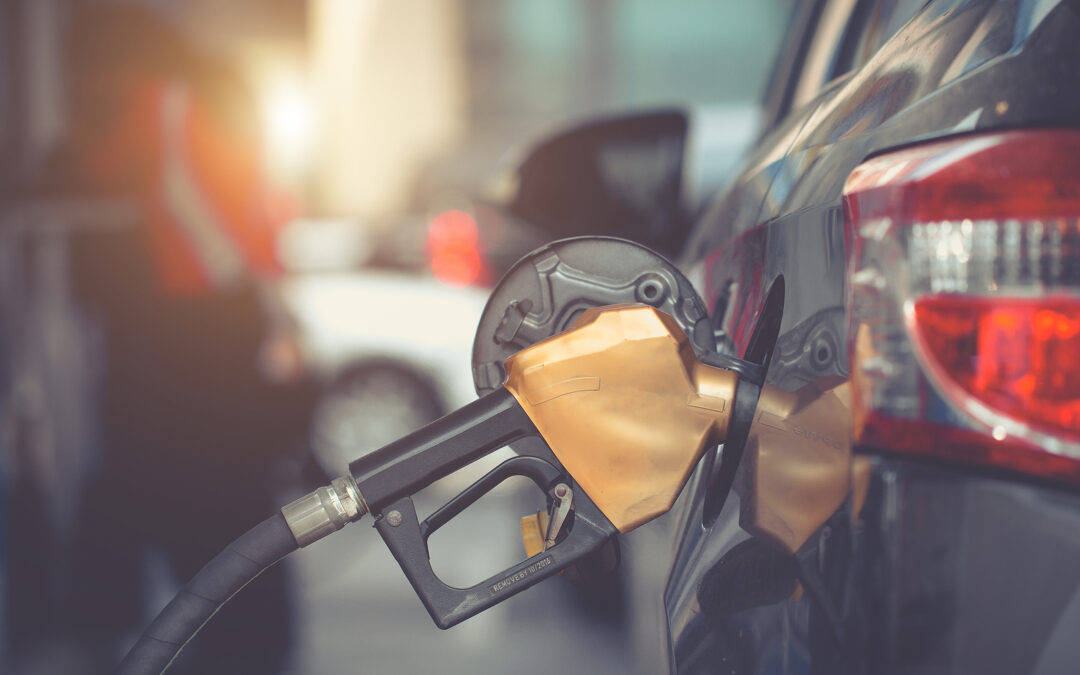Believe it or not, political parties do not influence gas prices. Factors that affect gas prices causing them to rise or fall include the price of crude oil, the octane, supply and demand, refining and distribution costs, and taxes. Since the days of Franklin D. Roosevelt sitting Presidents have gotten all the credit and blame for gas prices yet have had little to no influence over them. We are two months away from an election and beginning to see lower prices at the pumps. There has been a long-standing myth that politicians lower gas prices during election season to win votes. That is untrue.
Gas prices decrease during the fall because people drive less when summer ends, and because winter-grade gas costs less than summer-grade gas. In the summer, refineries must make numerous different types of summer blend gas to meet state requirements, causing an increase in production costs that are reflected by higher prices at the pumps, as much as 15 cents higher than during the winter.
If you look at the graphic from the Energy Information Administration Forbes featured in an article, you will notice that gas prices skyrocketed in 2008 under George W. Bush’s presidency. President Bush was pro-oil and gas. Obviously, he was not to blame for the 46-cent increase at the pumps. At the time, there was a higher demand for gas in China and the Saudi’s had decreased production. Demand was high, supply was low, prices at the pumps skyrocketed.
